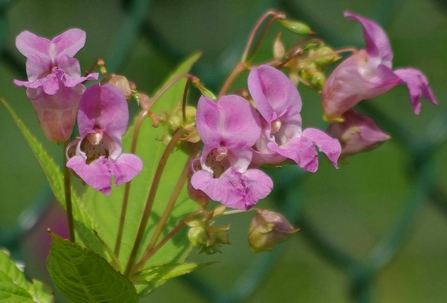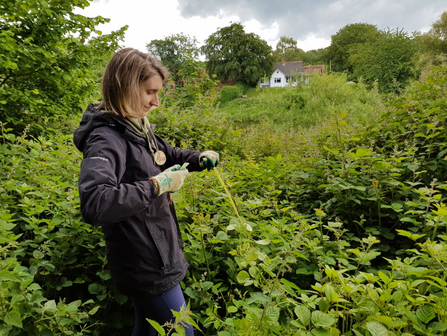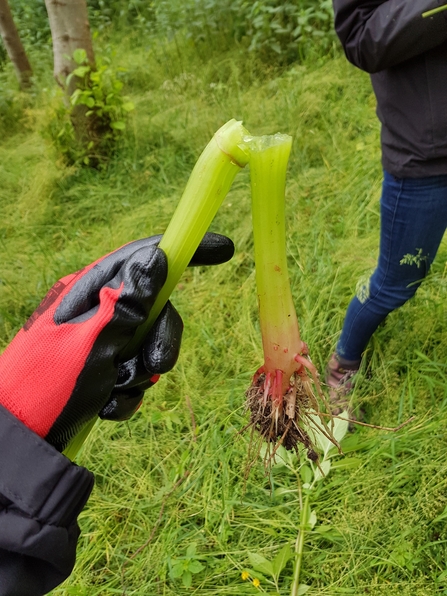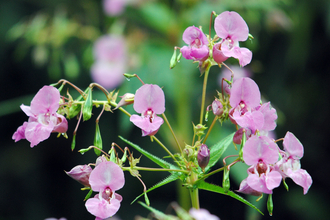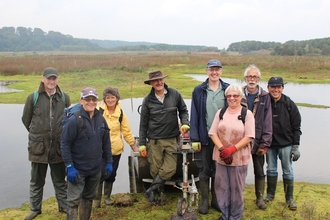Following a season of Balsam Bashing last summer, our reserve manager and conservation volunteers have noticed a massive reduction in the amount of Himalayan Balsam on site – a brilliant conservation win. This has allowed more native plant life to thrive at Brockholes.
While there is still balsam in some areas of the reserve, there is a significant reduction which means, hopefully, if we continue to reduce the growth at this rate, we may remove the species from Brockholes in the next few years.


